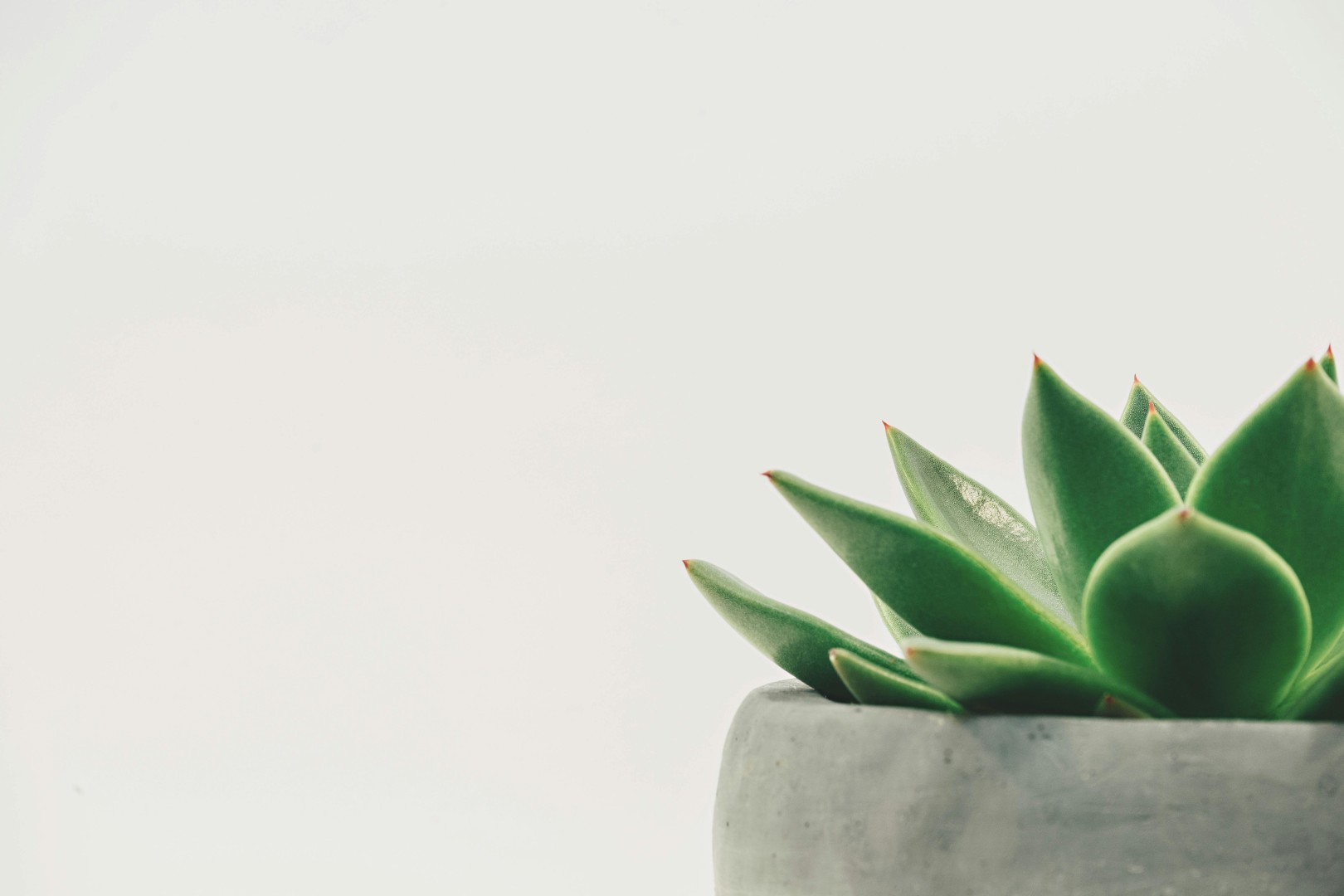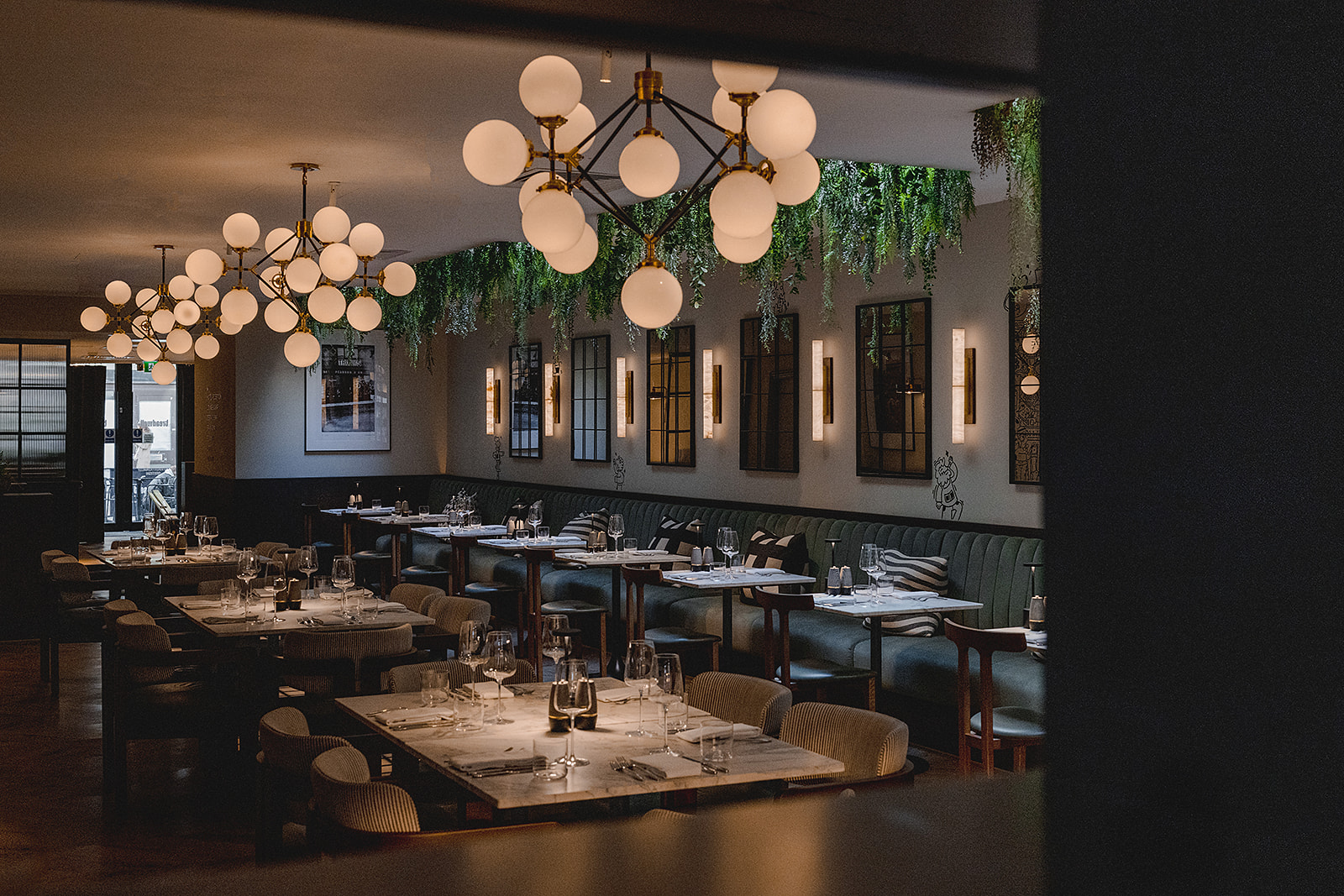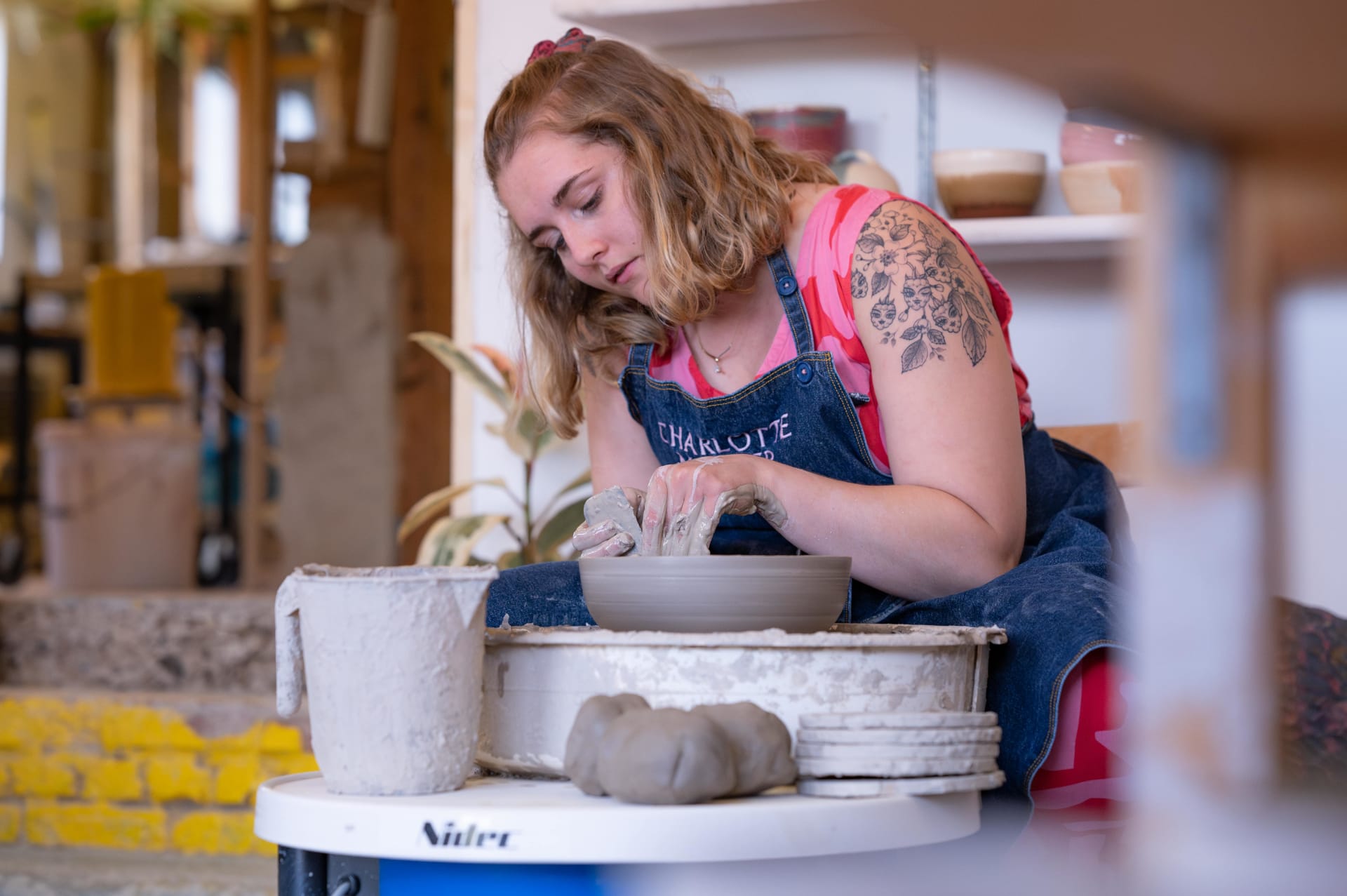In the modern world, we all find ourselves under endless pressure to accumulate. Sometimes, this pressure can even come from within. When payday draws near, you might catch yourself daydreaming about the things you might spend your money on. Televisions, designer sunglasses, smartphones – there’s a near-limitless number of objects to be purchased.
Surviving in this modern consumerist environment can take a little bit of discipline. In recent years, there’s been a deliberate movement toward minimalism. By spending mindfully, we can end up accumulating less stuff – which means that the things we buy can bring us greater utility.
But how might we go about this?
Evaluate Every Purchase with Purpose
Ideally, everything we buy should serve a role in our lives. Creating a system when purchasing new items, asking yourself ig you need it or just want it right now. Focusing on interntial buying rather than impulse buying. I
Of course, distinguishing between wants and needs isn’t always easy. What makes it even more difficult is the phenomenon of fads. This is a trendy purchase that you might be tempted into making, for fear of missing out. Being aware of fads can make you more resilient to them.
Declutter Your Physical and Digital Assets
Everything you own should serve a purpose. Any item that doesn’t serve a purpose is imposing a cost without providing a benefit, even if the cost is just a little extra space on a shelf or a hard drive.
The decluttering process involves going through everything you own, and deciding which items are worth keeping. The rest can be sold, recycled, or donated. This goes for digital assets and online subscriptions, too. By taking stock of what you own, you can ensure that everything you have is worth having.
Adopt the “One In, One Out” Rule
Decluttering alone isn’t enough. If you don’t change your spending habits, then you might find yourself at risk of falling into the same behaviour pattern again. A good antidote is the ‘one in, one out’ rule. For every new thing you buy, you should dispense with something old. So, if you’re struggling to contain your collection of old books, you might start a pile of books to be sold. Every time you buy a new book, you can toss an old one on this pile, and visit the charity shop each month. The same applies to digital clutter. Delete old emails when you’re done with them!
Focus on Quality Over Quantity
One advantage of accumulating fewer items is that you’ll be able to spend more money on the items you do buy. Minimalism doesn’t mean forgoing material possessions entirely – it just means getting the best from the stuff you do buy. If your living room contains just three or four items, including chairs, a table, and a television, then you can put all of your budget into making sure those items are worthwhile. The same applies to items outside of the home. You might think about selling your car, or even two cars, and investing the cash in a vehicle that really suits your needs.
Define What You Truly Need
Picking out a vehicle that suits your needs isn’t always straightforward, since you might not be aware of what you actually do need. For this reason, it’s worth keeping an open mind, and experimenting with various purchases without getting too attached to them. Try out a second monitor for your home office setup, or a stand mixer for your kitchen. The second-hand market is a great place to pick up affordable items, and move on from the ones that don’t fit your lifestyle.
It can be useful to create a list of your needs for work, play, and health. This will allow you to check that future purchases are worthwhile – and help you to let go of those items that you’re keeping hold of mindlessly.








